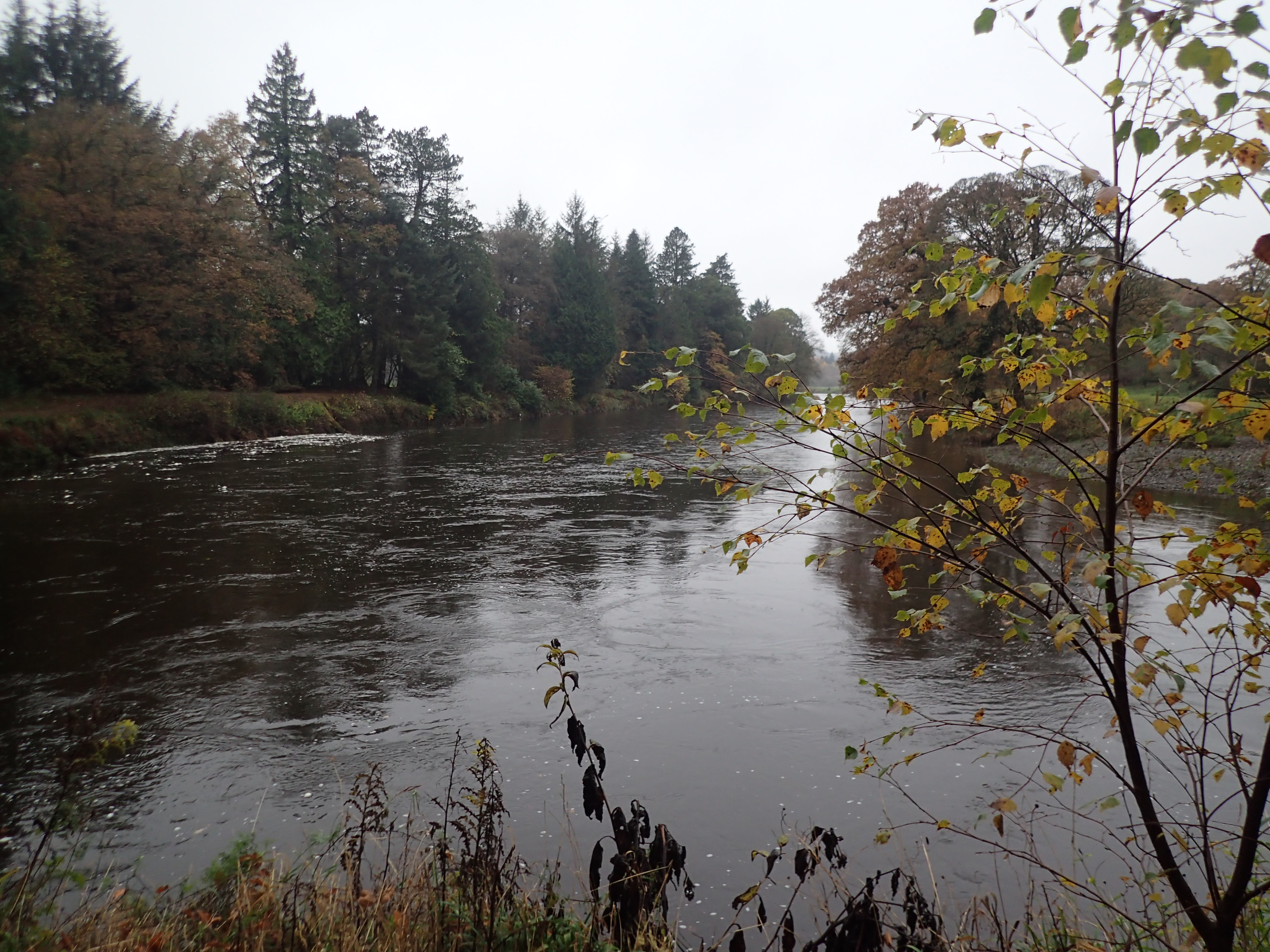Once upon a time there were no books. Stories were told by storytellers, mystic masters of words. Picture the scene – cold dark winter, firelight dancing on cave walls, families huddled together listening to tales of what might, or might not, have been. We are drawn to stories as moths are drawn to light because imagining better times, better outcomes, forges the steel of our spiritual armour.
Being able to imagine is a precious gift, yet we live in an age where every fact must be tested, every system of knowledge grounded in scientific proof. No matter how much time and effort is exerted seeking for reason and proof, without the ability to imagine we cannot step beyond what we know. Einstein believed imagining was fundamental to his success – ‘the true sign of intelligence is not learning but imagination, logic will get you from A to B, imagination will take you everywhere’.
Thus, feeding the imagination is rather vital. Besides sparking creativity – essential for any art but particularly for the teller of stories – delving into things past is utterly addictive. Reading is fundamental to exploring any subject but, as Napoleon once said, ‘history is a set of lies agreed upon’, so I prefer eyewitness accounts then I can judge what happened for myself, rather than trust to the careless (and often biased) opinion of others.

While documents and books offer a provocative glimpse of what took place in the past (the why, when and where), they can only give a faded view, as if looking through a dim and dirty window. To view the past with some degree of authenticity I need to abandon book learning and explore the places where history took place. To truly know how it feels to live in a castle, surely it’s best to visit a castle? Like a pilgrim visiting a shrine, being there feeds my spirit and fires my imagination. Surely tourism relies on the same fundamental need to ‘touch the stones’ and ‘feel the landscape’.
During a recent trip to Scotland, I took the opportunity to visit several extraordinary places. While each provided a unique insight into the past, only one was intrinsic to life in the sixteenth century (my latest book is set in 1560) and therefore intrinsic to my imaginings – Falkland Palace. I’m not about to give you a tour, but rather whet your appetite.

The reason Falkland Palace is on every Continental coach tour of Scotland, is entirely due to tennis. In the palace grounds are the ‘oldest tennis courts in the world‘. Built by King James V of Scotland they are still in use, almost daily, by addicts of the ‘real’ game. The palace itself is compact, if not homely (for a royal residence), and utterly iconic. Equally enigmatic is the town of Falkland – ancient and proud, and equally timeless.

For further info check out the website: www.nts.org.uk/falklandpalace
Dunkeld Cathedral is set beside the river Tay. The ancient church was founded by Celtic monks who came from Iona to convert the Picts. It remains a place of sanctuary. One of the oldest continual sites of Christian worship in the British Isles, it’s surely the most untouched. The view across the river from it’s grounds is unspoiled as it is beautiful.

Visit https://www.historicenvironment.scot/visit-a-place/places/dunkeld-cathedral/
I was so intent on reaching Aberfeldy I almost missed Castle Menzies. It rises like a giant tombstone from the low, lush fields lining the upper valley of the Tay. Unassuming and raw, it’s walls exude history. One of many castles founded by the Menzies clan, it played host to Bonnie Prince Charles on the eve of the Battle of Culloden, and a few days later ‘Butcher’ Cumberland demanded bed and board (served, no doubt, by quaking servants).
The castle was abandoned in the 1930’s, but used during the Second World War by the Polish free army. After the war ended it came into the care of the local council and was in danger of becoming a ruin until Clan Menzies Society raised funds to renovate the fabric of the building. Besides holding their clan museum, there are artefacts from various periods of its history, but the real treasure is the wealth of original features, such as double-barred iron entry gates and tiny winding stairs carved within its walls.



Visit – https://www.castlemenzies.org/
My final visit was to the Highland Folk museum. Promoted as the place ‘where outdoor history comes alive’ it first opened in 1935, in a place called Am Fasgadh (the shelter) on the Isle of Iona. The museum set out to preserve ‘crofter’s’ cottages but soon outgrew its location so, in 1943, the buildings were carefully dismantled and removed to Pitmain Lodge, Kingussie,, where they remain. The huddle of peat-suffused cottages brought back memories of my great aunt Mary, who lived her whole life in a crofter’s cottage on Alnwick Moor. The reconstituted highland village was recently used as a set for Outlander. A core of dedicated volunteers (in costume) continues to preserve the traditions as well as the everyday lives of Highland folk. Buildings are constantly acquired, the most recent being a village post office and railway signal station, both born in the nineteenth century.


Visit – https://www.highlandfolk.com
Storytelling is simply the craft of weaving myths with life.














